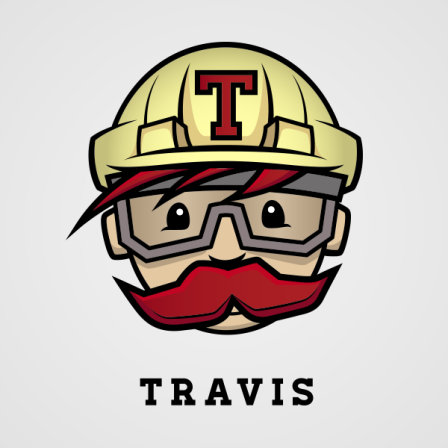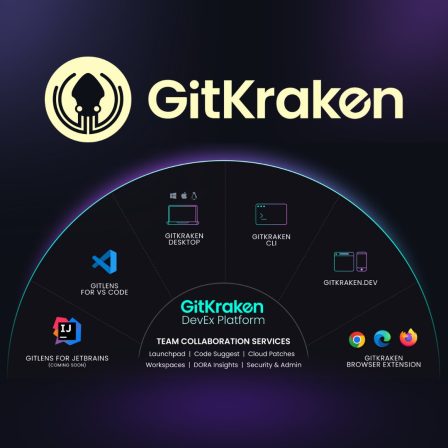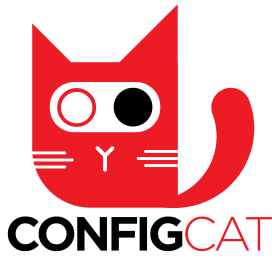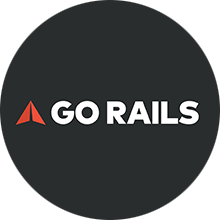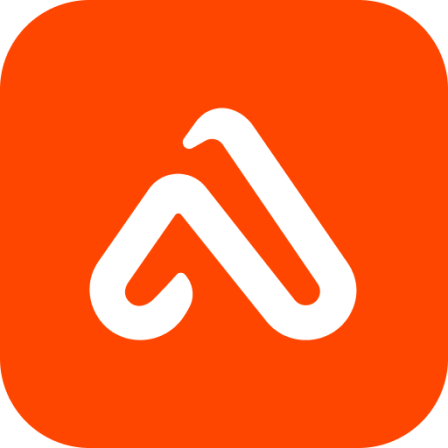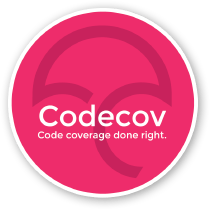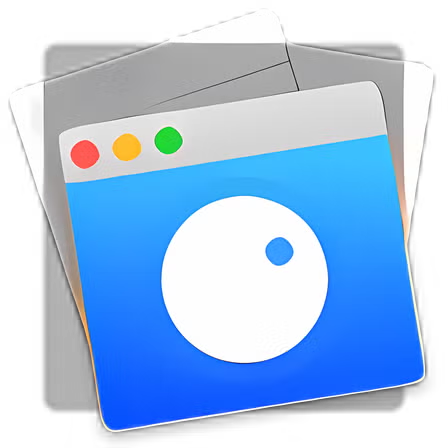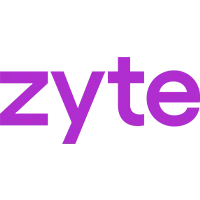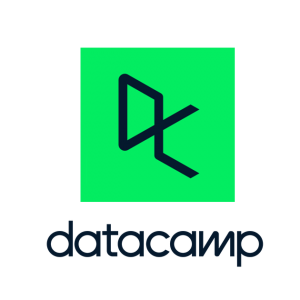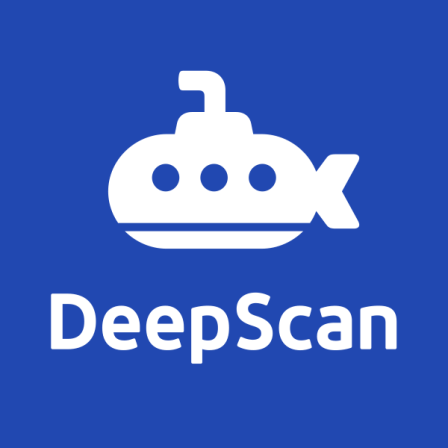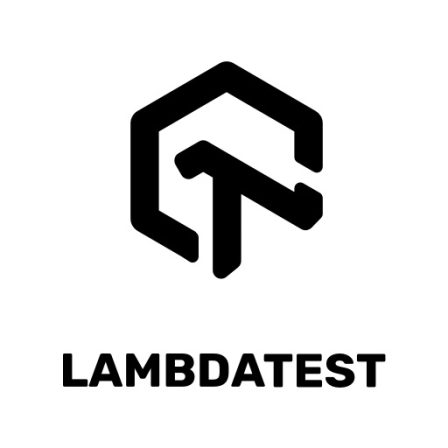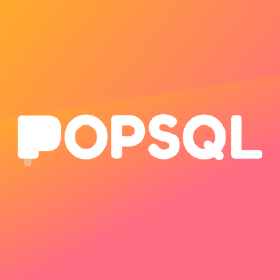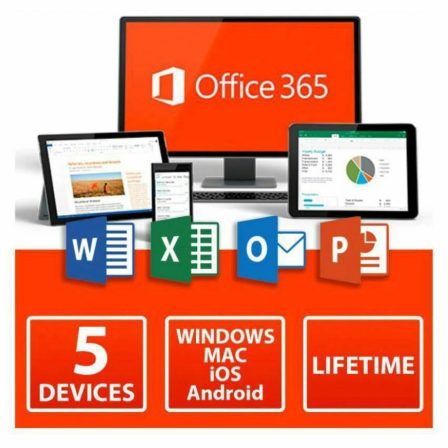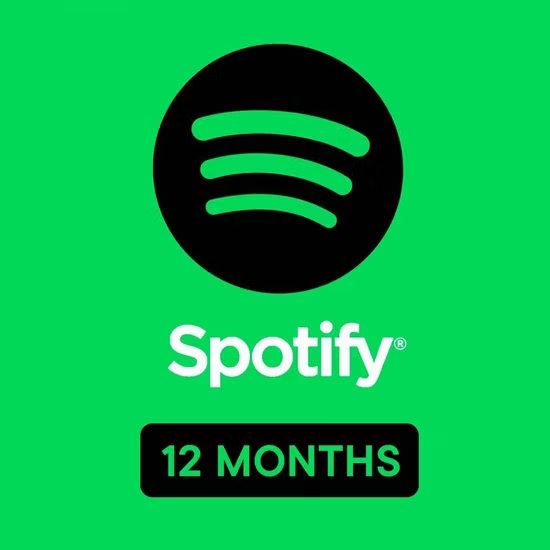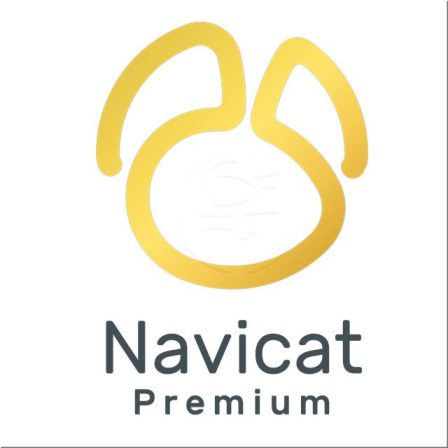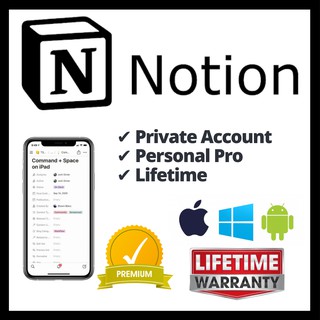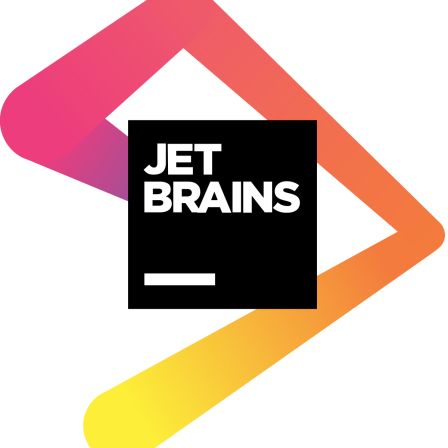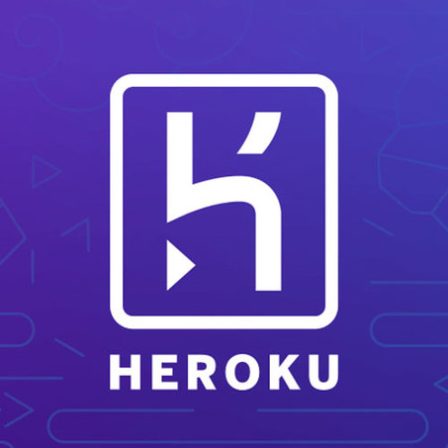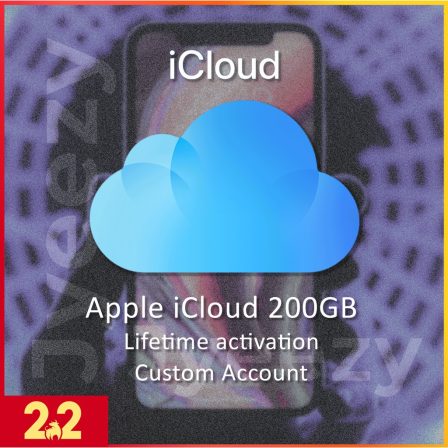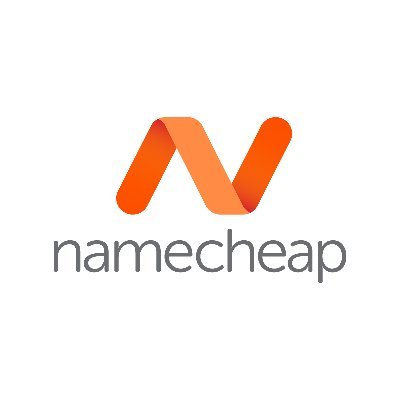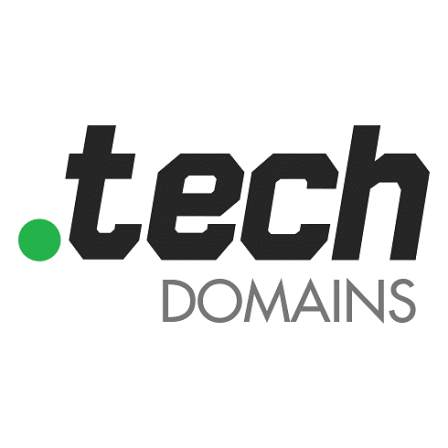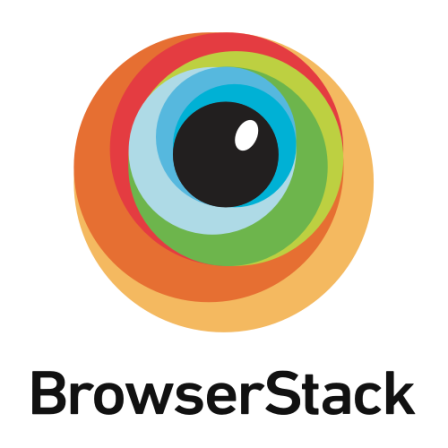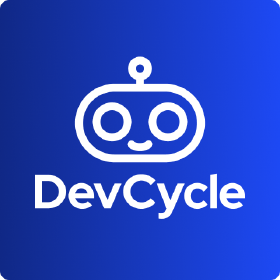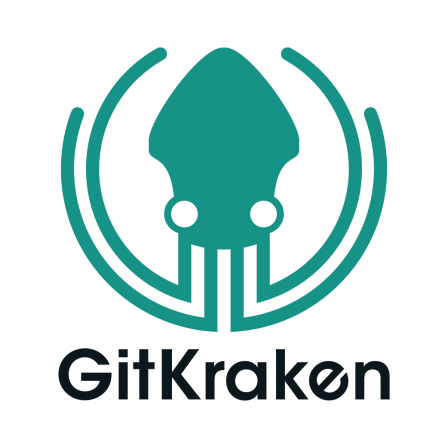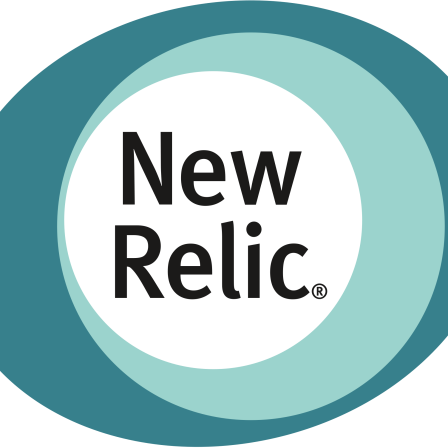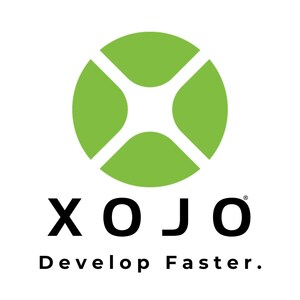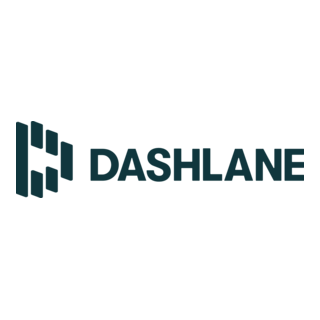There is no item in your cart
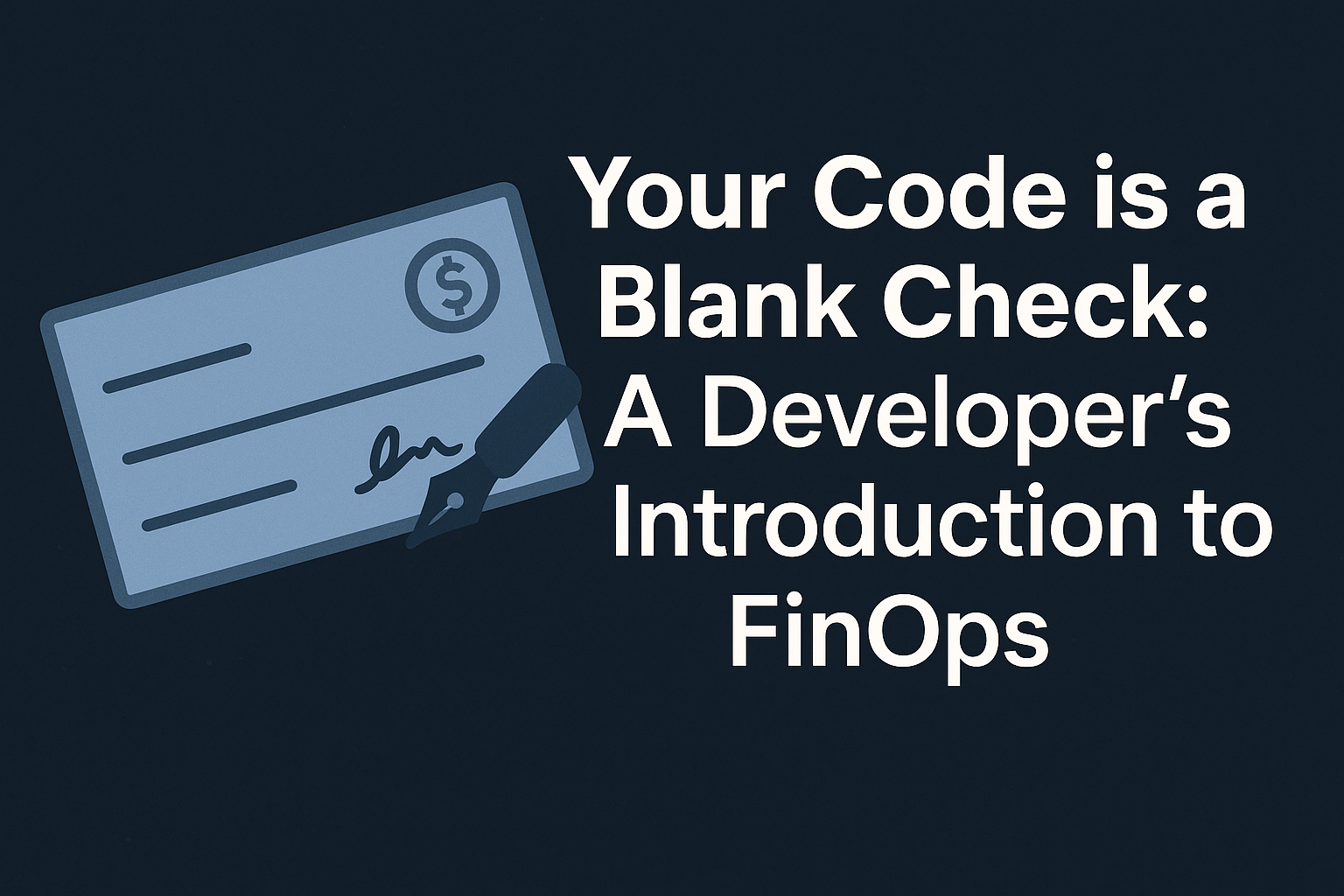
Your Code is a Blank Check: A Developer’s Introduction to FinOps
You just deployed a brilliant new feature. It works perfectly, scales beautifully, and users love it. A month later, a manager from the finance department asks why the company’s cloud bill has unexpectedly tripled. Sound familiar?
In the cloud era, every line of code that provisions a resource, writes a log, or makes a database query has a direct, real-time cost. The old model of fixed IT budgets is gone, replaced by the variable, pay-as-you-go model of the cloud. This new reality requires a new discipline: FinOps.
FinOps is not just accounting for the cloud; it’s a cultural practice that brings developers, finance, and business teams together to manage cloud spending collaboratively. This guide is for you, the developer, to understand how your engineering decisions impact the bottom line and how you can become a more valuable, business-aware engineer.
Why Now? The Rise of Cloud Cost Awareness
As companies mature in their cloud journey, they realize that innovation speed must be balanced with financial sustainability. The “move fast and break things” mantra now comes with a price tag. FinOps is about making the cost of running a service a first-class metric, right alongside performance and reliability.
Three Practical FinOps Habits for Every Developer
You don’t need to be a financial expert to practice FinOps. It starts with a few key habits:
- Tag Everything You Create: The first step to managing cost is understanding it. Get into the habit of tagging every cloud resource you create (e.g., S3 buckets, database instances, serverless functions) with your name, team name, and project name. This makes cost allocation possible and answers the question, “Who is spending this money?”
- Choose the Right Tool for the Job (Cost-Effectively): Your architectural choices have huge financial implications.
- Do you need a powerful database server running 24/7 for a dev environment that’s idle 90% of the time? A Serverless Database might be ten times cheaper.
- Is your application logging excessively in production? You could be paying a fortune to store and process useless logs. Use a platform like [New Relic] to manage log ingestion smartly and only store what matters.
- Treat Performance as a Cost Metric: Poor performance is expensive. A slow, unoptimized database query doesn’t just create a bad user experience; it consumes more CPU-seconds, requires more read/write operations, and directly leads to a higher bill. Using an Application Performance Monitoring (APM) tool like [New Relic] to find and fix these inefficiencies is a core FinOps practice.
Conclusion
In the cloud-native world, developers are no longer just building features; we are making financial decisions with every line of code. Understanding the principles of FinOps doesn’t stifle innovation—it enables it. By building cost-aware, efficient applications, you not only help your company’s bottom line but also demonstrate a level of business acumen that is highly valued in any senior engineering role.
Making cost-aware engineering decisions requires deep visibility into your entire stack. Observability platforms like [New Relic] are essential FinOps tools for understanding the performance and cost of your applications. And by choosing the right deployment model, like a scalable [Heroku] dyno, you can optimize costs from day one. Explore the professional tools at SMONE to build not just great software, but sustainable and profitable software.
